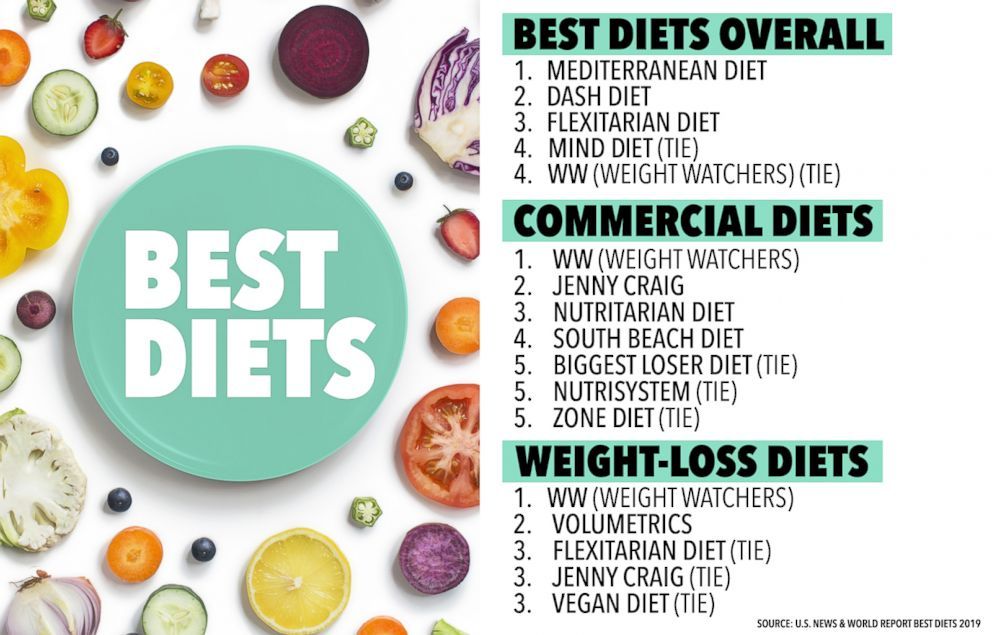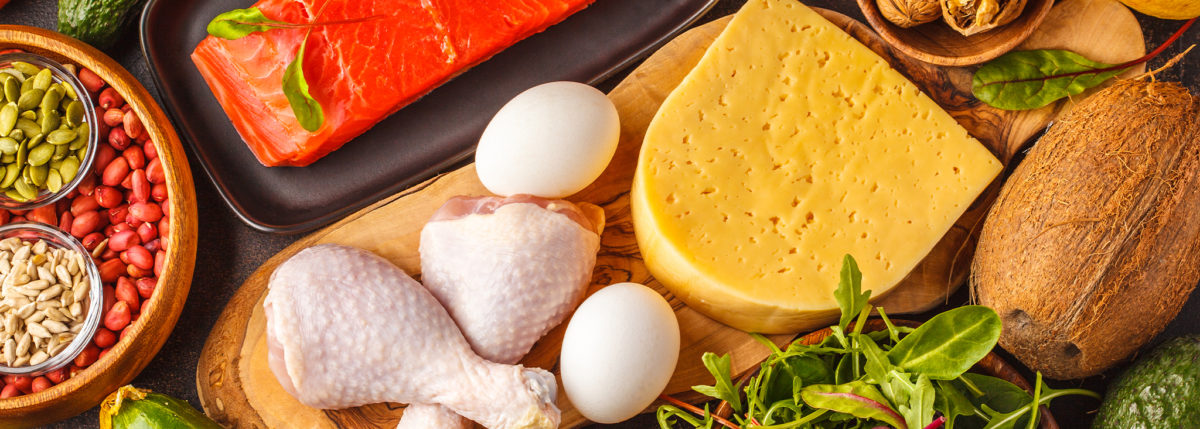
Fish is an essential part of a healthy diet. Fish is a good source for protein. Certain fish species also provide essential Omega 3 Fatty acids that can help with cardiovascular health. This claim has been supported by numerous studies. A recent study found that fish consumption is associated with lower rates of diabetes. It doesn't matter if you are a vegetarian oder a meat eater; fish plays an integral part in a Mediterranean-style diet.
Salmon
One of the most popular and healthy ways to eat fish is by incorporating it into your daily diet. The deliciousness of salmon and other fish is not only delicious but also provides omega-3 fatty acid, which are beneficial for the heart and reduce inflammation. You can get omega-3 fatty acid in your diet by baking salmon.
White fish
The Mediterranean diet includes white fish. These fish contain high levels of omega-3 fatty oils that reduce inflammation and lower cholesterol. In addition, white fish, shellfish, and eggs are excellent sources of protein. Olive oil is the primary source of fat, while red meat and poultry are rare. The Mediterranean diet promotes polyunsaturated and unsaturated fats.
Shellfish

Consuming seafood, particularly shellfish, as part of the Mediterranean diet has many benefits. These types of food can reduce triglycerides and improve heart health. They also help prevent blood clotting. These foods can reduce your chances of suffering from stroke or heart disease. Wine is frequently associated with Mediterranean cuisine. It is safe to consume wine in moderation. However, there are other dangers. Mediterranean eating emphasizes whole grains, vegetables and fish. Olive oil is substituted for butter in cooking and other uses. Other benefits of the Mediterranean diet include a lifestyle of physical activity and a common meal with friends and family.
White tuna
White tuna is a common ingredient in Mediterranean cuisine. This white fish is high in protein, but unlike other types of fish, it has few calories. It can be eaten as part of a light meal because it has been cooked. And it's packed with nutrition, too! Here's how to incorporate this fish into your Mediterranean diet.
White tuna steak
White tuna steaks have lower saturated fat than sirloin. They also contain anti-inflammatory omega-3 essential fatty acids. It is a good choice for Mediterranean diets. Tuna fillets offer more protein than sirloin and are therefore a better option for those on a diet that is healthy for their hearts. Sicilian tuna meats are served with a simple Sicilian tomato sauce. It is made from tomatoes and low-salt chicken broth. Capers, white wine, white wine and parsley are also included.
White tuna salad
White tuna salad has long been a staple in the Mediterranean diet. The ingredients are usually pantry staples, and it can be prepared in as little as 15 minutes. It can double as a light main course, and can be prepared with just a few additional ingredients. Try making the Mediterranean Kale Salad for another quick and tasty salad recipe. This recipe, which is part of the Mediterranean Diet, can be prepared ahead and refrigerated.
White tuna tacos

U.S. News & World Report ranked Mediterranean diet as the best for health. Numerous studies have shown that Mediterraneans have lower cholesterol levels and blood pressure, and they live longer. Mediterraneans have a similar eating routine and enjoy a variety. Tuna, in particular, is low-calorie. It is also rich with omega-3 fatty acids.
FAQ
What are the health benefits of slow cooking?
Slow cookers are useful because they can make delicious meals in a fraction of the time. Slow cooker recipes are more healthy than traditional dishes because they use less oil. Additionally, slow cookers are more convenient than traditional recipes because they take care for themselves while you're sleeping.
Can you learn to cook on your own?
Yes, it is possible to be a self-taught chef! The joy of cooking is something that everybody enjoys doing, no matter their skill level. Learn how to cook at home. Start small, such as making pancakes for breakfast and spaghetti sauce at dinner. Try new recipes and be open to experimentation when learning how to cook. You might make a few errors along the way.
It takes anywhere from several hours to several weeks to learn how to cook, depending on your skill level. Remember that cooking is not about following recipes. There are many ways of cooking food. So if you have an idea for a recipe, use it.
How long does learning to cook take? How much time do I need?
It depends on the skill level. Some people can learn basic cooking techniques in as little as a week. Others might need months or even years to master basic cooking techniques.
The time taken to learn to cook will depend on who you ask. Someone who has never been to the kitchen before might need more time than someone who does it regularly. Also, certain types of cooking require more experience than others. Baking is more difficult than frying.
Learn a technique to increase your ability to cook quickly. You can then move on to the next technique once you have mastered it. It doesn't matter how long it takes to master a particular technique. Keep practicing and enjoying the process.
Statistics
- On average, chefs earn $58,740 a year, according to the BLS. - learnhowtobecome.org
- under 10 Kids have been taught that there is special food just for them, and Fiese says that 10 percent of kids will throw a tantrum if they don't get the food they want. (washingtonpost.com)
- The median pay for a chef or head cook is $53,380 per year or $25.66/hour, according to the U.S. Bureau of Labor Statistics (BLS). (learnhowtobecome.org)
External Links
How To
How to make a perfect Omelette
Omelets are my favorite breakfast dish. How can you make them perfectly? There are many recipes and methods I tried, but none worked. So I am sharing some tips and tricks today to help you make fluffy, delicious omelets every morning.
When making omelets, it is important to be aware that eggs can be temperamental. The eggs must be fresh from an organic source and kept at room temperature until they are ready to be cooked. The yolks and whites will not form properly if they aren't kept cold enough. This causes your omelets to look oddly colored. If you're going to cook them immediately, it is best if the eggs are still warm.
Another tip is to separate each egg before adding them to the saucepan. Because this could cause your omelet to become curdled, you don't want any yolk to be mixed with any white.
You might burn the bottom of the egg if you place the egg directly on the stovetop. This could ruin the texture of your omelet. Instead, microwave the egg for 10 seconds before adding it to the pan. The microwave heat is sufficient to cook the egg without overcooking.
Next, let's discuss mixing the eggs. When mixing eggs, it is important to thoroughly beat them. To do this, take the bowl from the mixer and flip it upside-down. Then, vigorously shake the bowl. The egg will be thoroughly mixed in the bowl as the air is whipped.
Now comes the fun part - pouring the milk into the mixture. Mix half of the milk with the eggs. Then fold the eggs in half into the remaining milk. Do not be alarmed if there are still egg streaks visible. Once the omelet flips, these streaks will disappear.
After you have done folding the eggs, heat the pan on medium heat. The oil will start to smoke. Once the oil begins to heat, add 1/4 cup butter and swirl the pan to coat it. Now carefully crack open the lid of the pan and sprinkle salt into the pan. Salt will prevent the omelet sticking to the pan.
Cover the pan once the omelet is formed and allow it to cool completely. Flip the omelet with a spatula, or flip it upside down. Cook the other half for another minute. Serve immediately after removing the omelet from its pan.
This recipe is best made with whole milk. However, it can also be used with skimmed milk.